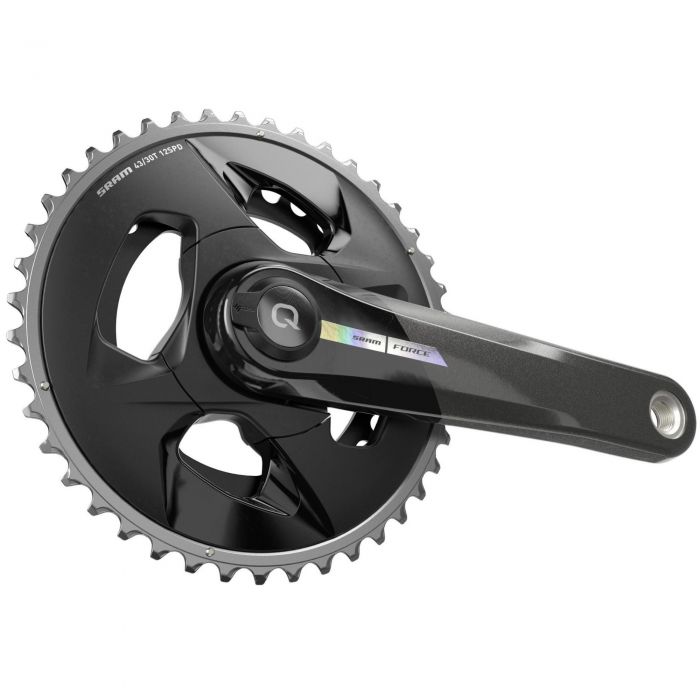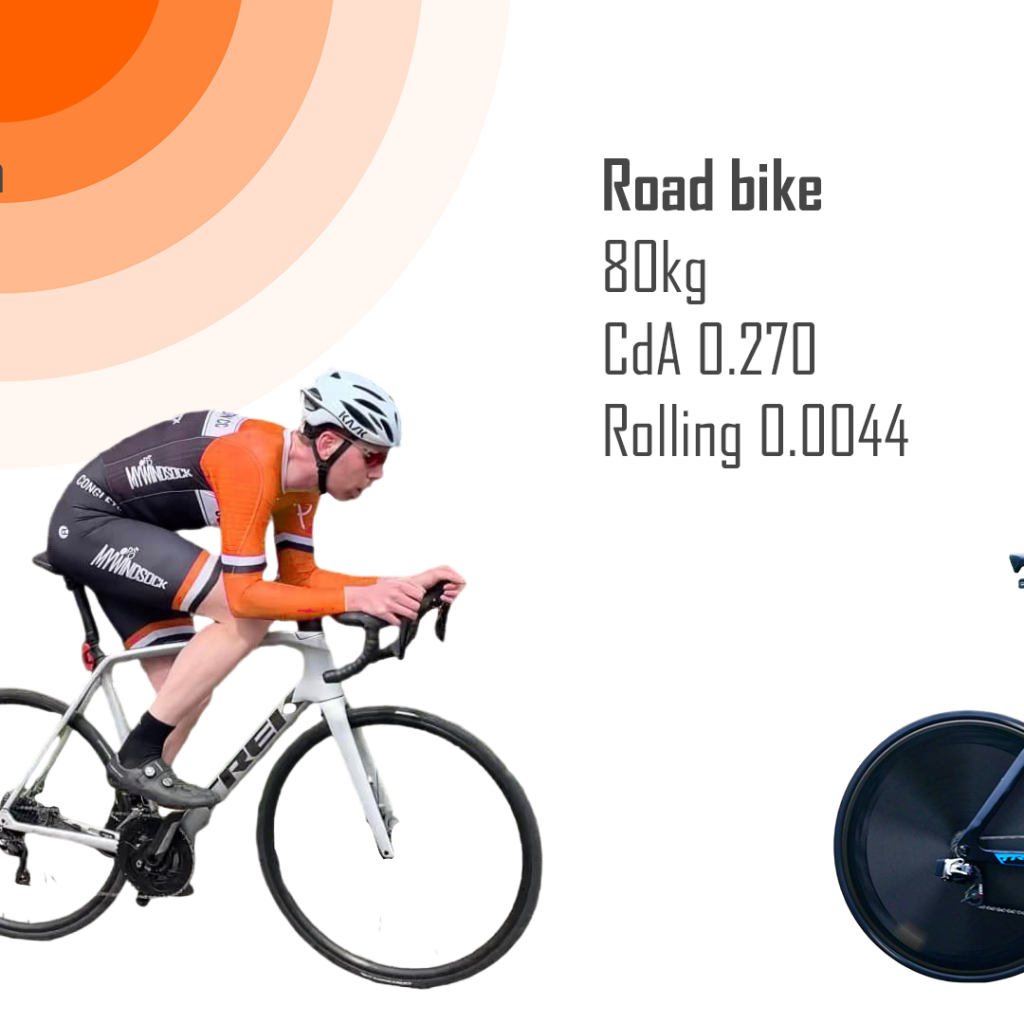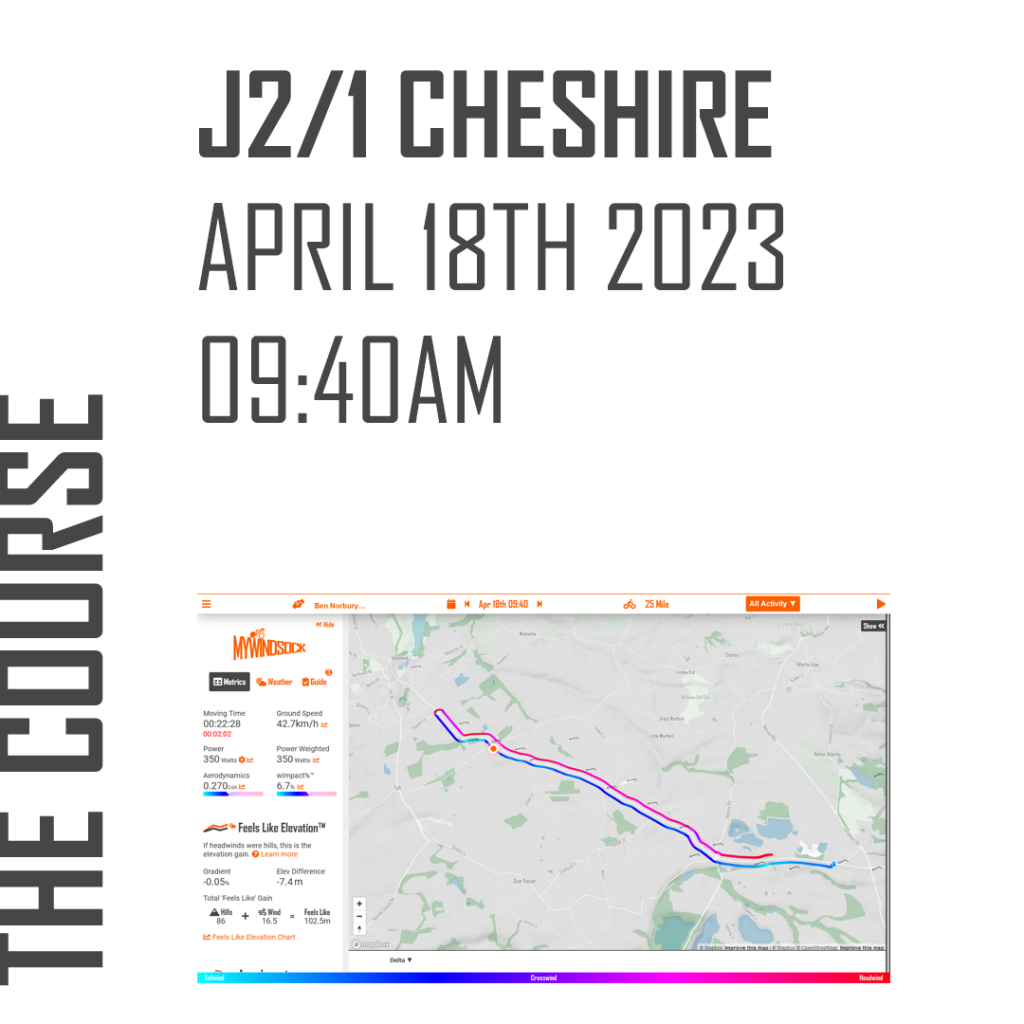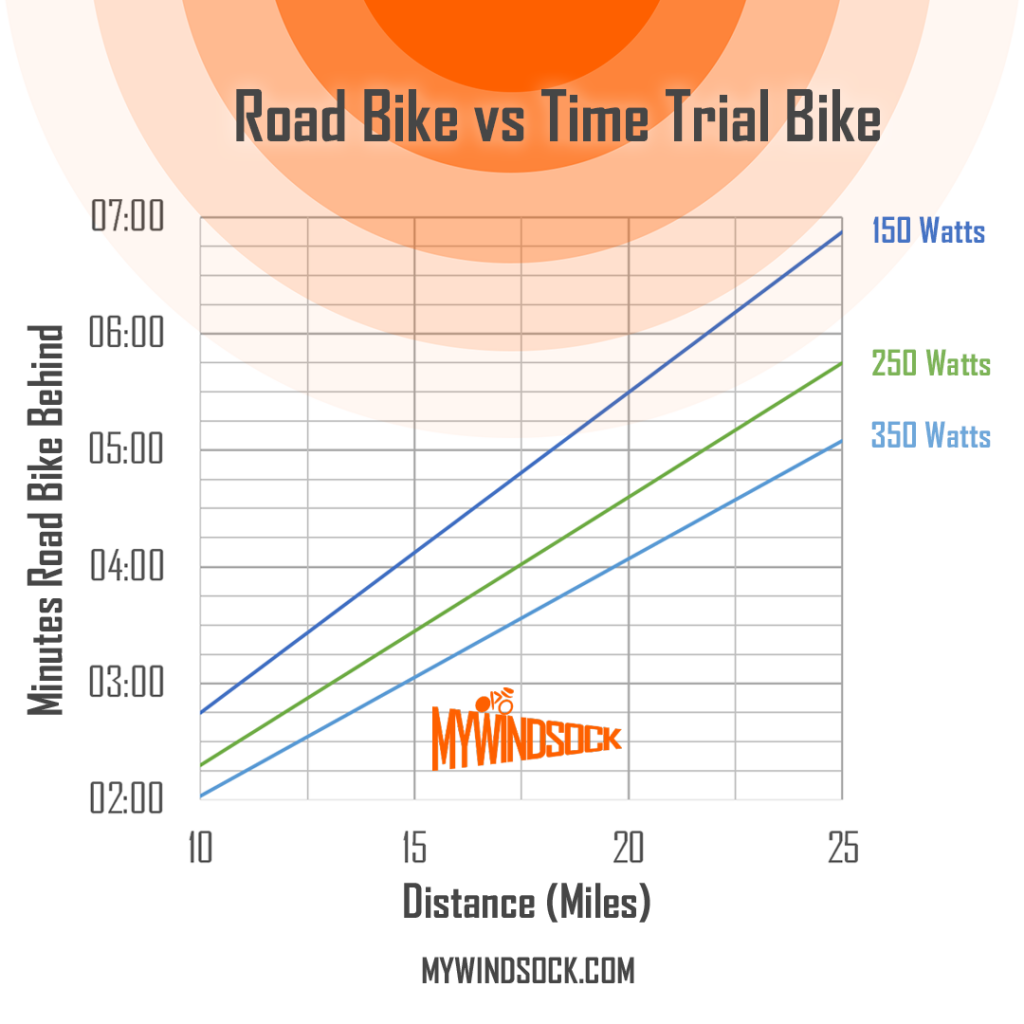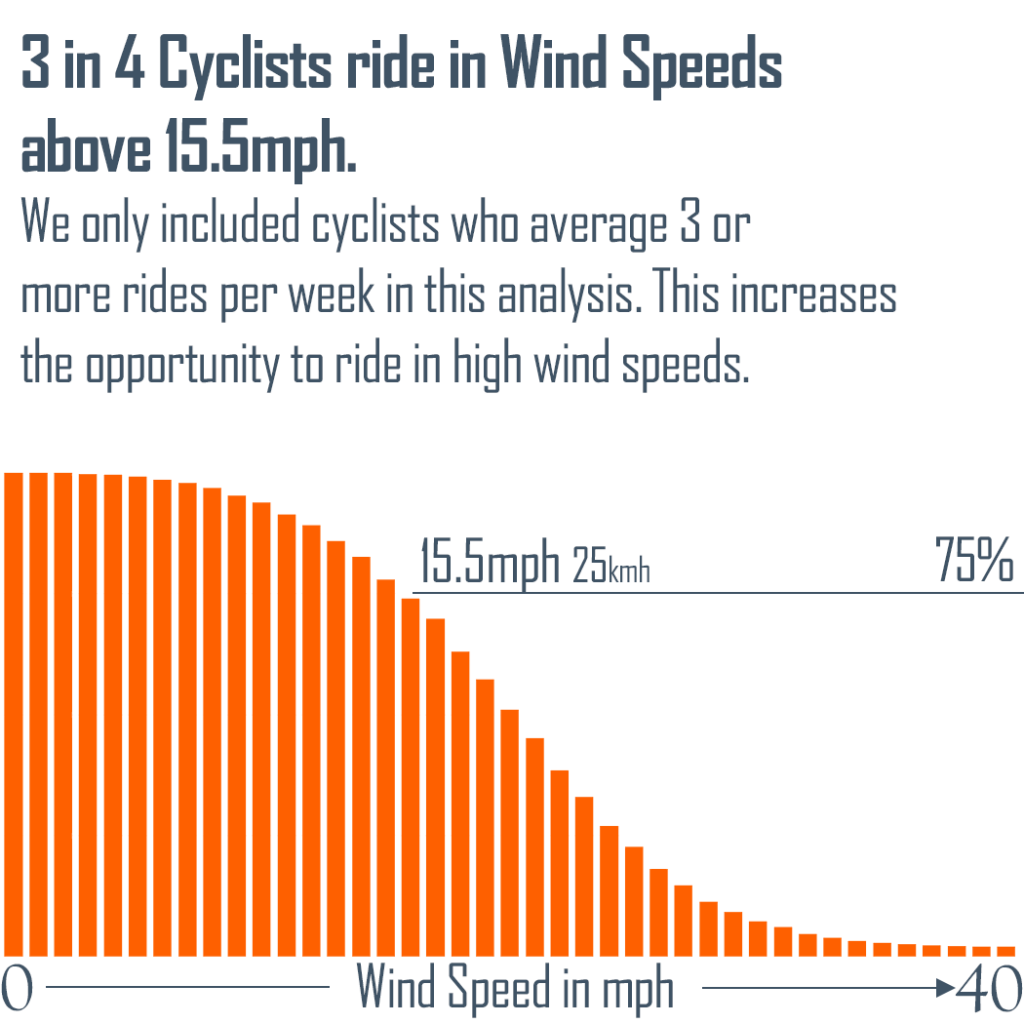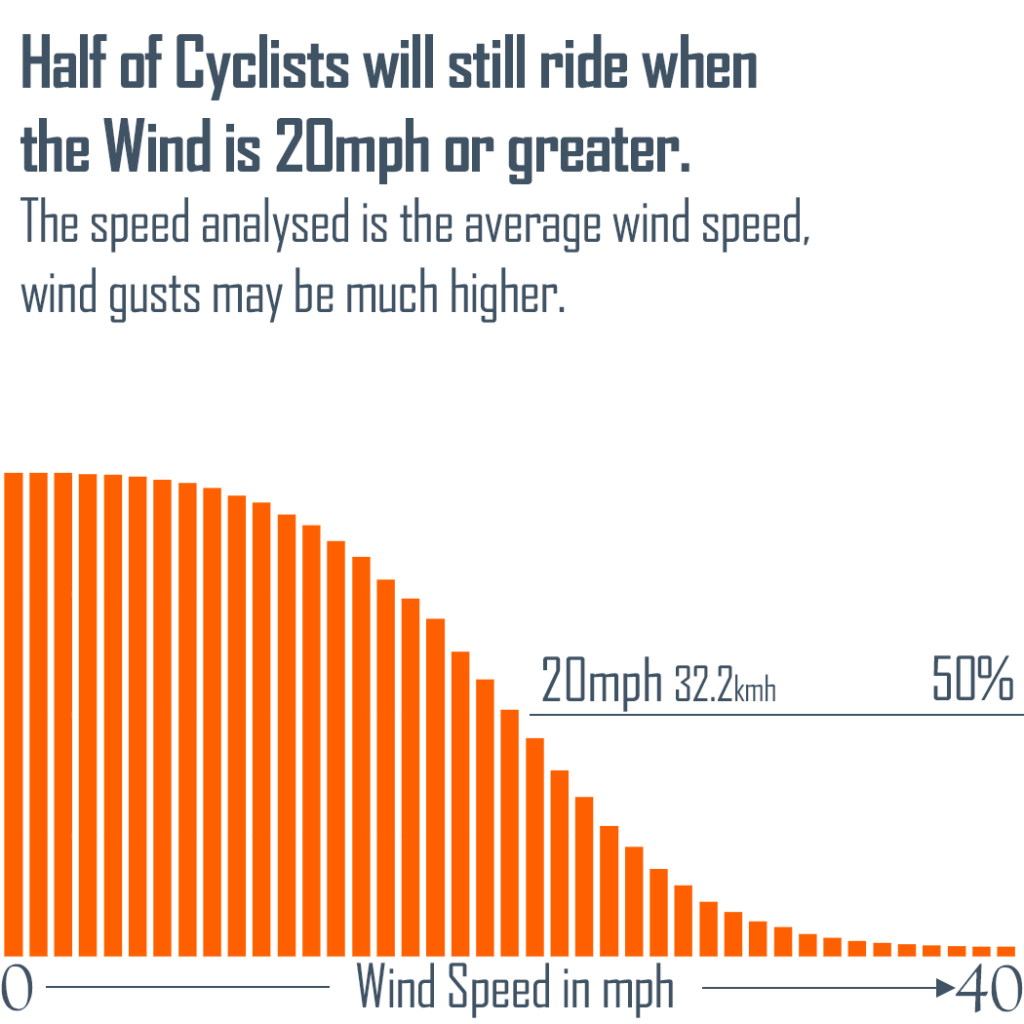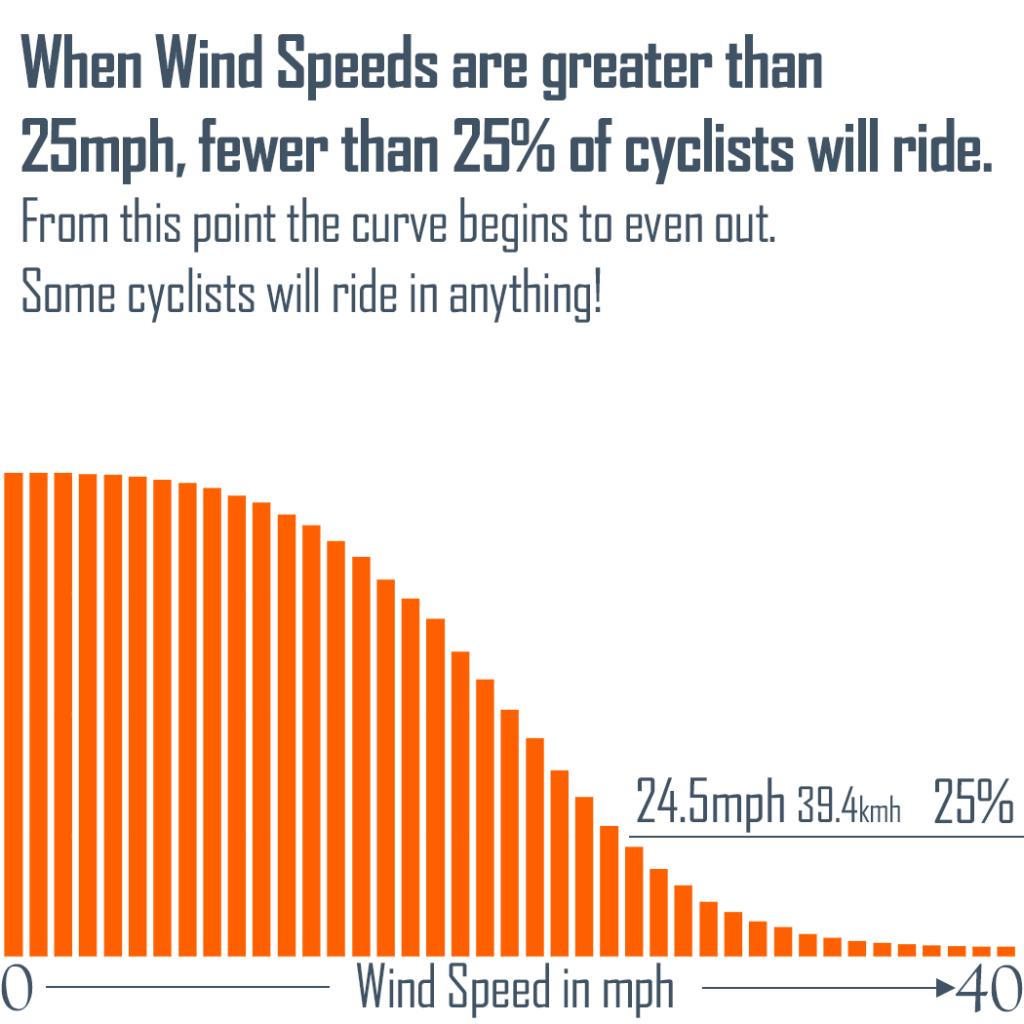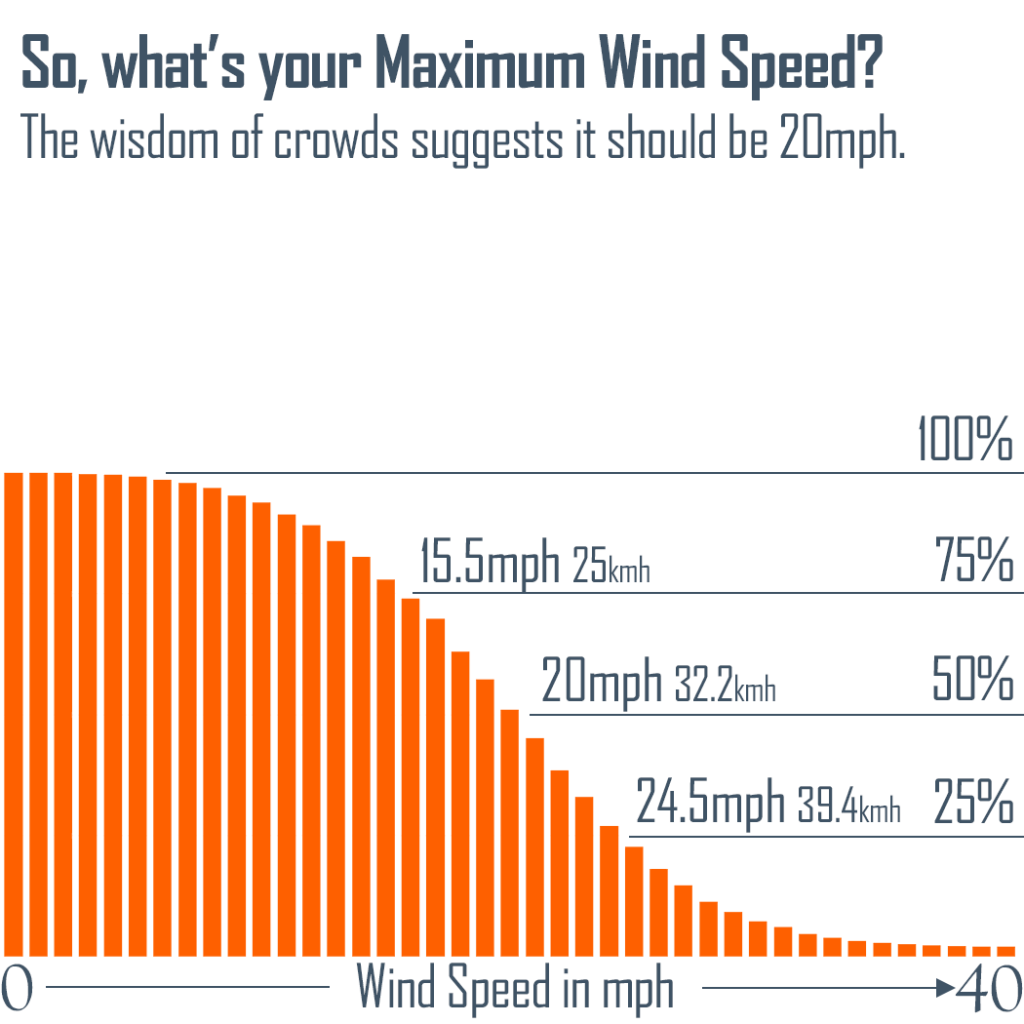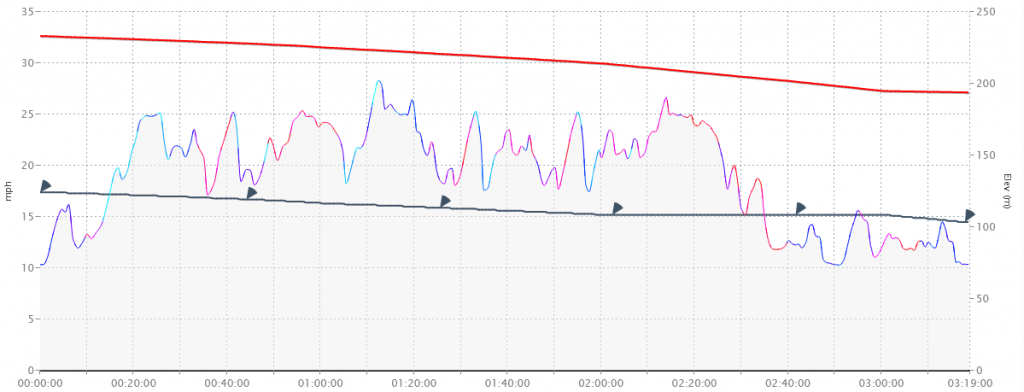Cycling CdA, also known as Aerodynamic Drag Coefficient (CdA) in the context of cycling, is a crucial concept in the study of aerodynamics that plays a significant role in determining a cyclist’s performance and speed. CdA is a measure of the resistance a cyclist experiences due to air while riding, and it directly affects the energy required to maintain a certain speed.
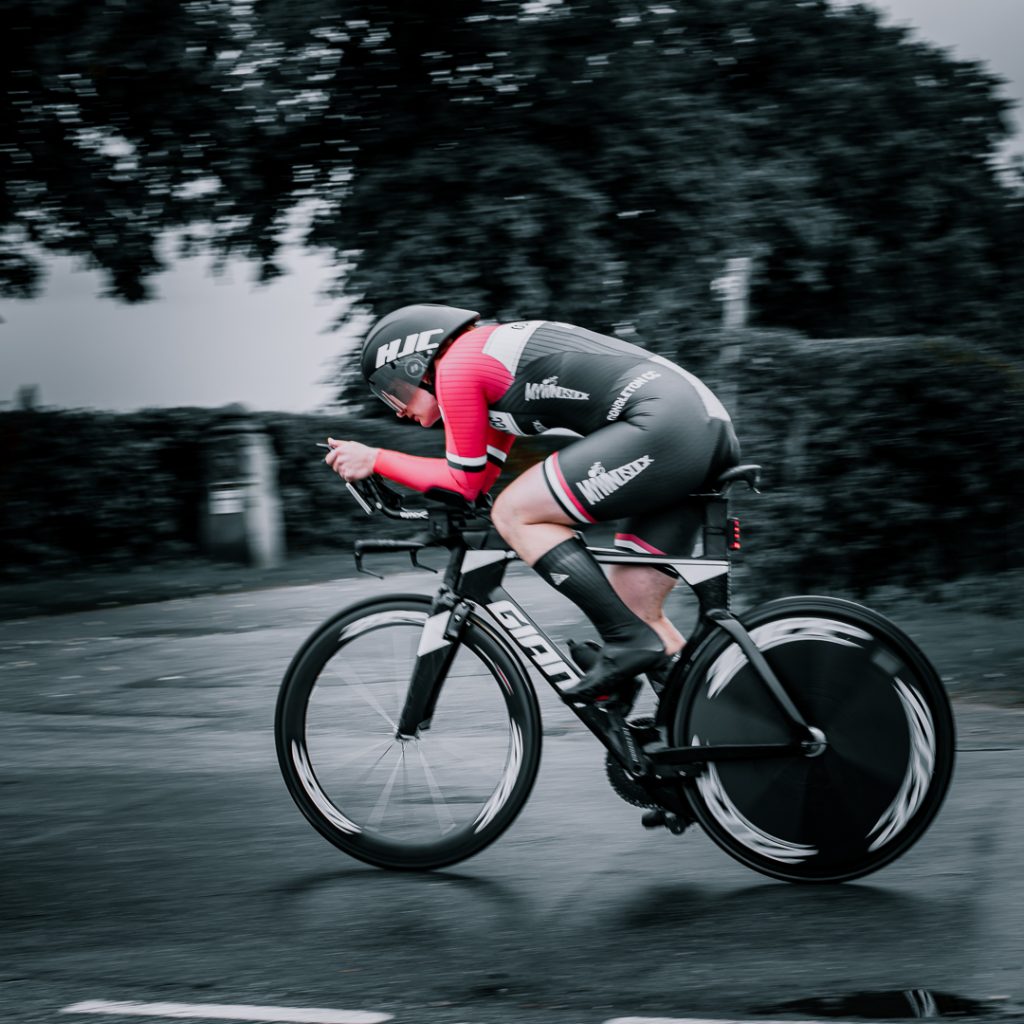
Find our how does your CdA Compares
The CdA value represents the aerodynamic efficiency of a cyclist and their equipment. A lower CdA indicates a more aerodynamic posture and equipment, resulting in reduced air resistance and improved cycling performance. On the other hand, a higher CdA signifies higher air resistance, leading to a decrease in speed and increased energy expenditure.
The CdA equation involves a complex combination of various factors, including the cyclist’s body position, the shape of the bike frame, wheels, and even clothing. Each of these factors contributes to the overall aerodynamic drag that the cyclist experiences while cycling. To determine a cyclist’s specific CdA value, researchers and cyclists often perform CdA tests in controlled environments, such as wind tunnels or virtual simulations.
Add CdA to all Strava Actvities
To simplify the process of calculating CdA, cycling enthusiasts and professionals use myWindsock’s CdA calculator to estimate the aerodynamic drag coefficient based on a ride FIT, TCX or Strava Activity data. As this is myWindsock, environmental factors like wind speed and direction, and air density are included in the calculation.
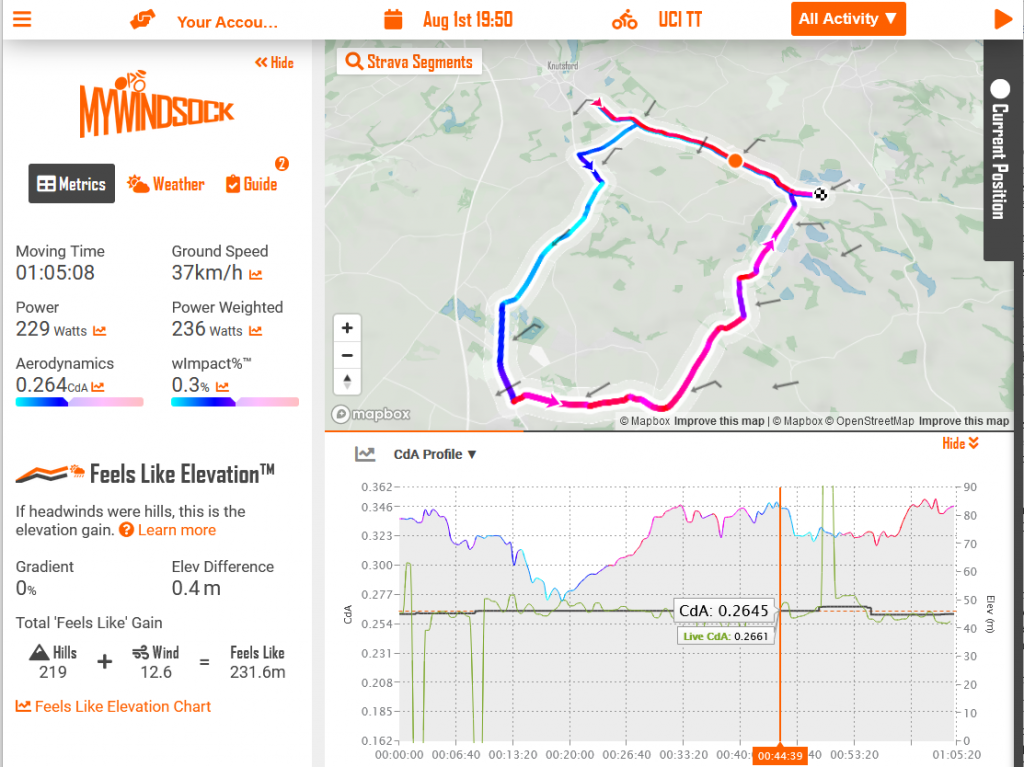
MyWindsock combines weather dynamics and ride data to produce a CdA value for cyclists. By considering real-time weather conditions like wind speed and direction, along with data collected during a ride, such as speed, power output, and elevation, myWindsock can estimate the CdA value more accurately.
Road bike CdA optimization has become a crucial aspect of professional cycling, as even small improvements in aerodynamics can lead to significant advantages in competitive races. Cyclists, coaches, and engineers work together to find the most aerodynamic positions and equipment setups to maximize performance and reduce energy expenditure during races.
In summary, CdA in cycling refers to the Aerodynamic Drag Coefficient, a measure of the resistance a cyclist encounters due to air while riding. It determines how efficiently a cyclist can move through the air, and lower CdA values are sought after to enhance performance. The myWindsock CdA calculator incorporates weather dynamics and ride data, helping cyclists optimize their riding positions and equipment to minimize drag and improve their overall cycling performance. By continually refining their CdA, cyclists can gain a competitive edge and achieve better results in their races.




 UK Time Trial Events
UK Time Trial Events












